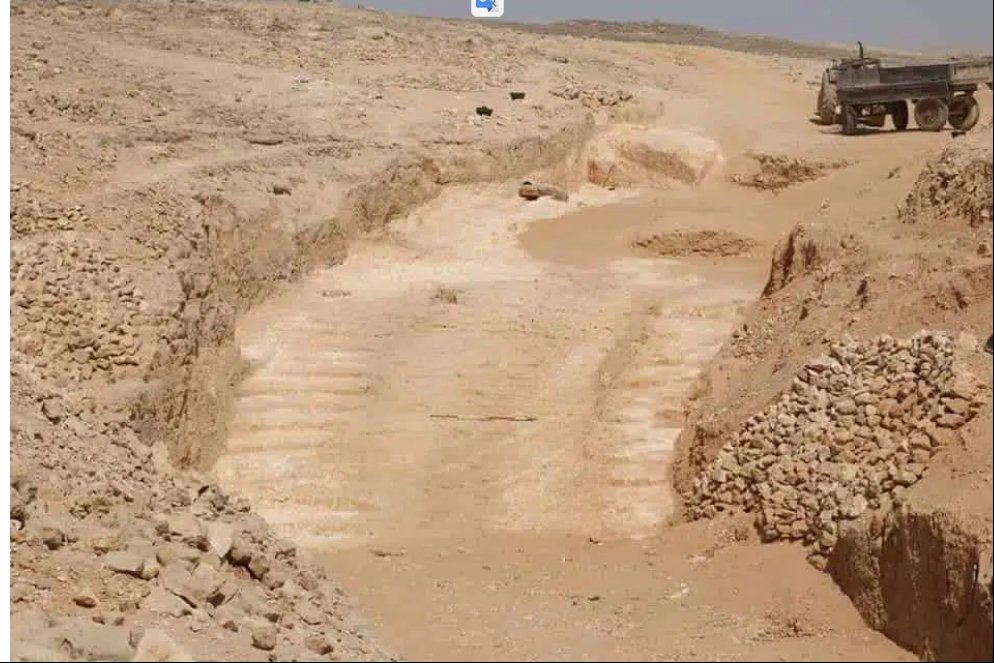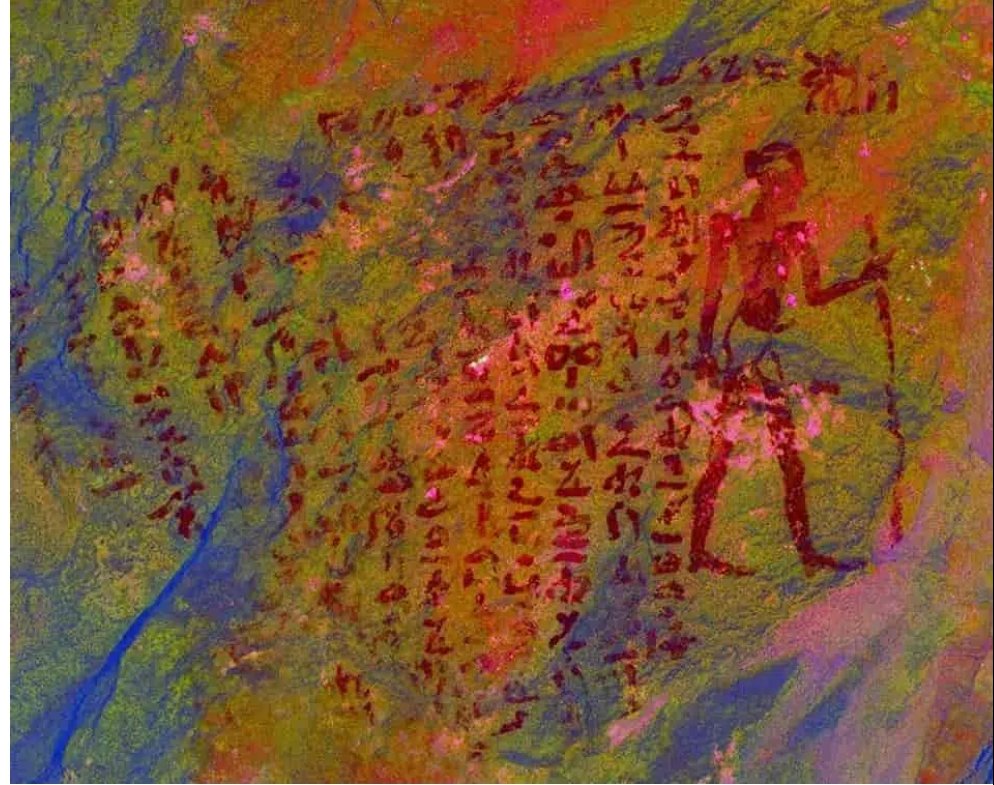Source: Alec Forssmann, National Geographic
An archaeological team has discovered the method used by the ancient Egyptians to move stone blocks from the alabaster quarries at Hatnub and during the reign of Khufu.
A French and British archaeological mission, from the French Institute of Oriental Archeology and the University of Liverpool, led jointly by Yannis Gourdon and Roland Enmarch, has discovered the method used by the ancient Egyptians to move the stone blocks from the alabaster quarries of Hatnub, east of Amarna and in the Minya governorate, during the reign of Khufu, that is, when the Great Pyramid of Giza was built.
Alabaster quarry. Hatnub alabaster quarry, located east of Amarna and in the Minya governorate.
The finding, of great relevance, is the result of investigations that began in 2012 and that include the study of all the inscriptions that are conserved in the archaeological site, as explained by the Egyptian Ministry of Antiquities in a statement.
A unique system
Ancient Egyptian ruins. Ruins of the archaeological site, investigated since 2012 by a French and British mission.
“The mission has successfully discovered a unique system to move the stone blocks from the bottom of the quarry, after removing the rubble that was used to cover it, which can be dated to the reign of Khufu, during the fourth dynasty”, Gourdon details.
The method used by the ancient Egyptians is as follows: a central ramp and, on each of its sides, some stairs that included holes to place vertical posts; the alabaster blocks were dragged down the central ramp by means of wooden sleds and with a rope system that used these vertical posts as support points or as pulleys, allowing to overcome slopes of 20%.
Ancient inscriptions. One of the inscriptions detected by the French and British archaeological mission.
The communique also reports on the discovery of more than 100 inscriptions commemorating the pharaonic expeditions to the alabaster quarries of Hatnub, from the Old Kingdom to the New Kingdom of Egypt.










